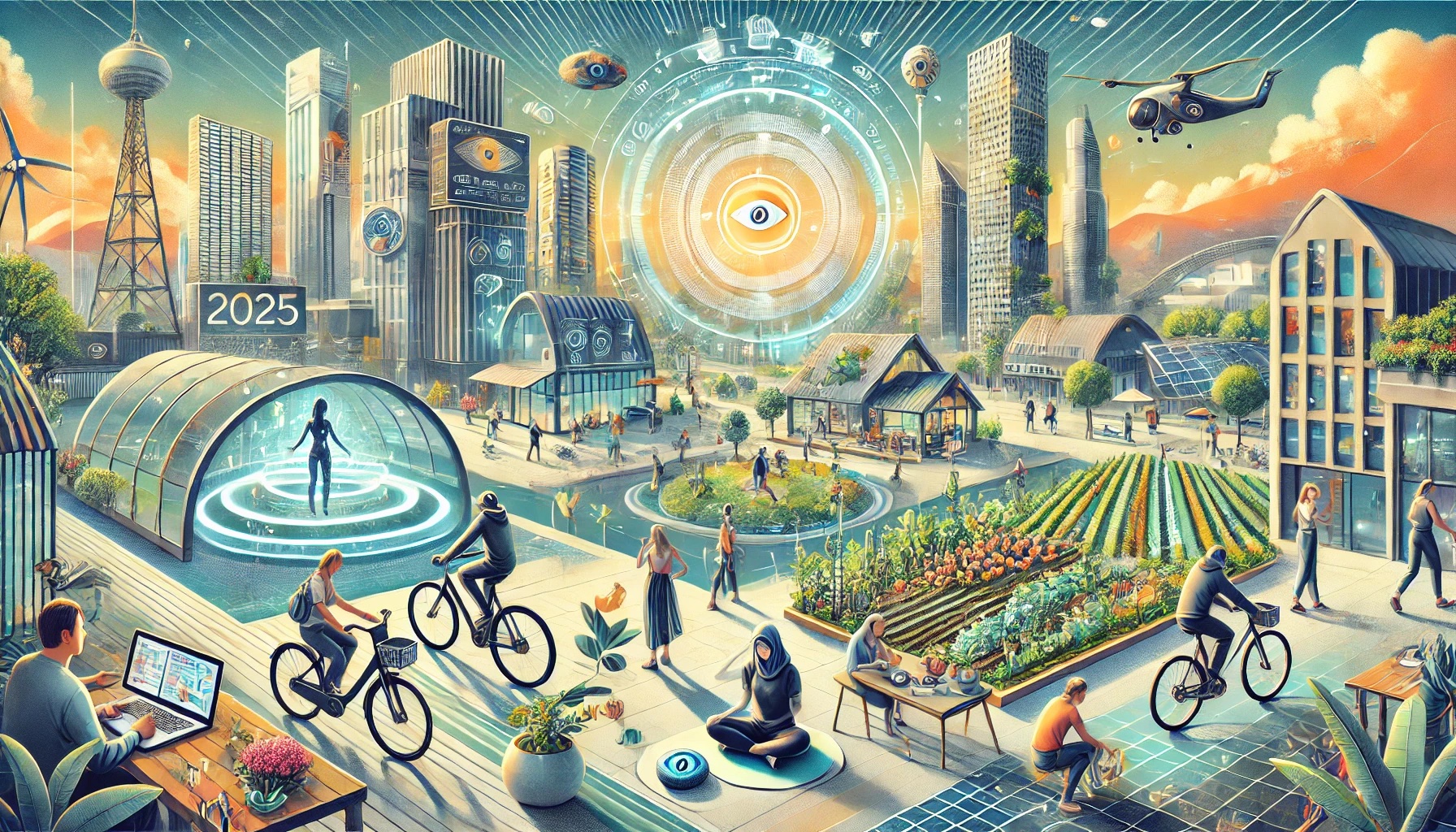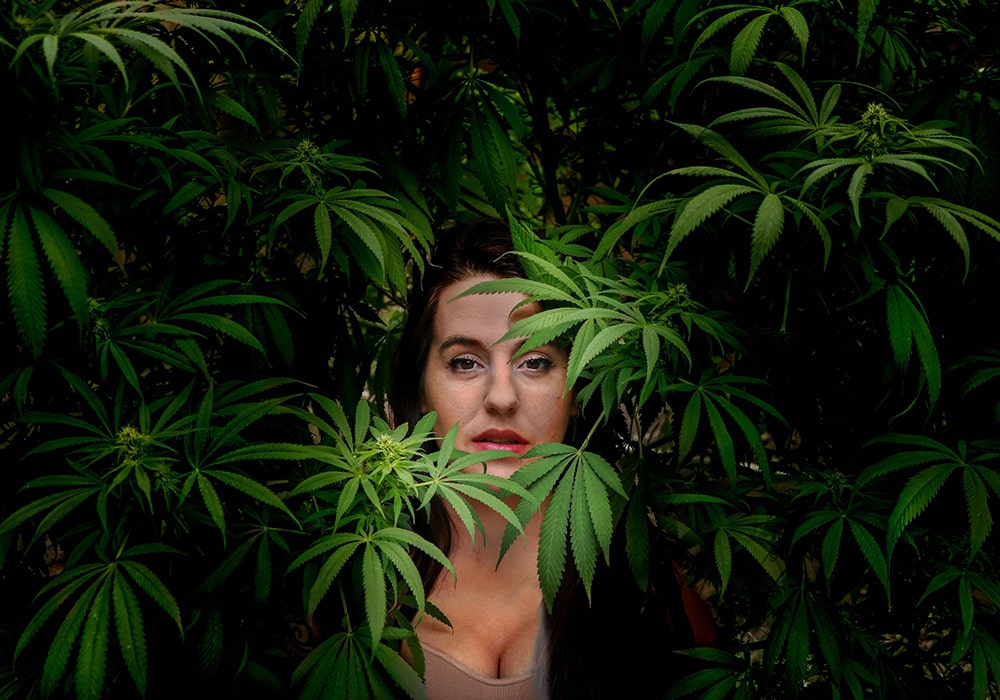The Rise of Eco-Friendly Brands and Conscious Consumers
Sustainable Fashion Movements
Fashion has always been a reflection of culture and values—and lately, there’s been a big shift in what people want their clothes to say. More and more, consumers are asking: Who made this? What’s it made of? And what impact does it have on the planet?
That curiosity has helped spark a growing movement toward sustainable fashion, and it’s changing the industry in exciting ways. Let’s take a closer look at how eco-friendly fashion brands are making waves—and how consumer choices are driving the change.
Why the Push for Sustainability?
For decades, the fashion industry has been known for speed and volume. Fast fashion made trendy clothing more affordable and accessible, but it also came with a cost: environmental damage, unethical labor practices, and massive waste.
Some quick facts:
- The fashion industry is responsible for around 10% of global carbon emissions.
- About 85% of textiles end up in landfills every year.
- Producing a single cotton t-shirt can require 2,700 liters of water—roughly the amount a person drinks in 2.5 years.
As awareness of these issues grows, so does the demand for alternatives. Enter sustainable fashion.
What Is Sustainable Fashion?
Sustainable fashion isn’t just about swapping out fabrics—it’s a broader approach that considers the entire lifecycle of a product, from design and materials to production, packaging, and even recycling.
Key elements include:
- Eco-friendly materials like organic cotton, hemp, bamboo, and recycled fabrics
- Ethical labor practices, ensuring fair wages and safe working conditions
- Slow fashion, which encourages quality over quantity and timeless over trendy
- Transparency, where brands share where and how their products are made
The Rise of Eco-Friendly Fashion Brands
Across the globe, new and established fashion brands are embracing sustainability—not as a marketing trend, but as a core part of their identity.
Some brands worth noting:
- Patagonia has long been a leader in sustainable fashion, using recycled materials and encouraging customers to repair, not replace.
- Reformation combines style and sustainability with transparent supply chains and low-impact fabrics.
- Veja, a sneaker brand, uses organic cotton, wild rubber, and fair trade practices to create eco-conscious footwear.
- Eileen Fisher focuses on timeless pieces made with sustainable materials and offers a take-back program for recycling old clothing.
And it’s not just niche or high-end labels anymore—mainstream retailers are also starting to shift. Many now offer conscious collections or are investing in more sustainable manufacturing methods.
Consumers Are Driving the Change
The real power behind the movement? People. Consumers today are more informed and intentional than ever. With just a few clicks, they can research a brand’s values, production methods, and environmental footprint.
Younger generations especially—Millennials and Gen Z—are prioritizing ethics and sustainability in their purchasing decisions. They’re choosing fewer, better-quality items and supporting brands that align with their values.
Social media has also played a huge role in spreading awareness, spotlighting greenwashing (when brands pretend to be sustainable), and building communities around conscious fashion.
Small Changes, Big Impact
You don’t have to overhaul your entire wardrobe overnight to support sustainable fashion. Even small steps can make a difference:
- Buy less, choose well. Invest in pieces you truly love and will wear for years.
- Shop secondhand. Thrift stores, online resale platforms, and clothing swaps are great for the planet (and your wallet).
- Support ethical brands. Look for transparency and certifications like Fair Trade, GOTS (Global Organic Textile Standard), or B Corp.
- Take care of your clothes. Wash less, repair more, and recycle when you’re done.
Looking Ahead
Sustainable fashion isn’t a passing trend—it’s a cultural shift. As technology improves, supply chains become more transparent, and consumers continue to demand better, the fashion industry is being reshaped for the better.
The best part? You don’t have to be a fashion expert to join in. Just being more mindful about what you buy, where it comes from, and how it affects the world is a powerful place to start.











